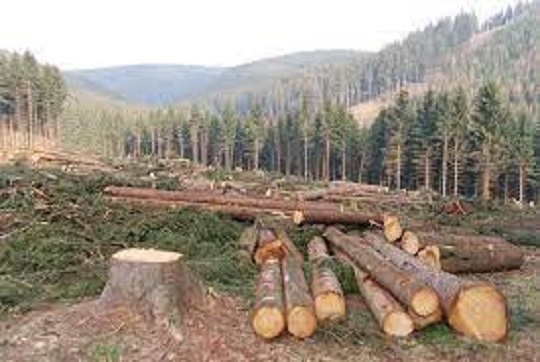12 January 2022
The International Council of Tanners (ICT) has released a statement on deforestation.

On behalf of its members, who represent the leather industry in 34 countries and at least half of overall global leather production, ICT recognised that this is a significant issue. It said it was “greatly concerned” about the presence in the leather supply chain of raw materials sourced from illegally deforested regions, reports Leatherbiz.
“Leather manufacturers and their customers are increasingly demanding greater visibility of their supply chains and reassurance that their products are ethically sourced,” the statement said. But it pointed out that these concerns have already given rise to industry action to improve transparency and traceability.
These actions have included steps to ensure, as far as possible, that the leather supply chain does not contain hides sourced from illegally deforested areas and to give confidence to customers and consumers that the products they buy make no contribution to deforestation.
This has engendered collaboration across the leather industry, with brands, the public sector and campaign groups to develop traceability certification for raw materials with a view to guaranteeing that they are illegal deforestation-free.
In the text ICT insisted that the causes of illegal deforestation in regions of concern around the world are corruption, abuse of power, land-grabbing and ‘cattle laundering’ (which involves raising cattle on illegal land for much of their lives before transferring them to farms that have no link to deforestation for fattening before slaughter).
“Even the most diligent companies could be misled over the provenance of the raw materials that they source,” ICT said, “mainly from indirect suppliers. As a customer of the meat industry, leather manufacturers are removed from the first stages of the supply chain and are not involved in the sourcing and tracing of livestock.”
It pointed out that hides are of little importance to the meat value chain, representing as little as 0.8% of an animal’s value. It said that the fact that as many as 40% of cattle hides are now simply thrown away proved this point.
As such, the leather sector has “very little scope to influence the upstream supply chain”, the organisation continued. It called for recognition of the limitations of the influence the leather industry is able to bring to bear to this part of the supply chain and said the expectations finished product brands, campaign groups and end consumers have of the leather industry in the battle against illegal deforestation “must be tempered with pragmatism”.
Leather does not drive the rearing of livestock and, by extension, it does not drive deforestation, ICT said. It quoted recent research from the University of Montana that has shown that demand for hides for leather has no direct influence on the number of animals reared and slaughtered.
It offered a concrete example of the pragmatism it had in mind. It said it would be unfair for customers to reject certain raw materials only because of a potential, but not verified, link to deforestation. Rejecting hides just in case will not help resolve the problem of deforestation, ICT argued, and will result in even larger volumes of hides being thrown away.
While even the best efforts of the leather sector will have what ICT calls “a limited impact in the fight against illegal deforestation”, its statement made it clear that the global leather industry “does not deny its place in supply chains that include deforestation” and will play its part in seeking to resolve the issues around transparency and traceability of raw materials sourced from regions with a risk of deforestation.
It said leather manufacturers should increase their efforts to engage with suppliers and insist on change. “Leather manufacturers and their customers can be part of the solution,” it concluded.

使用條款 | 隱私政策 | APLF 可持續發展